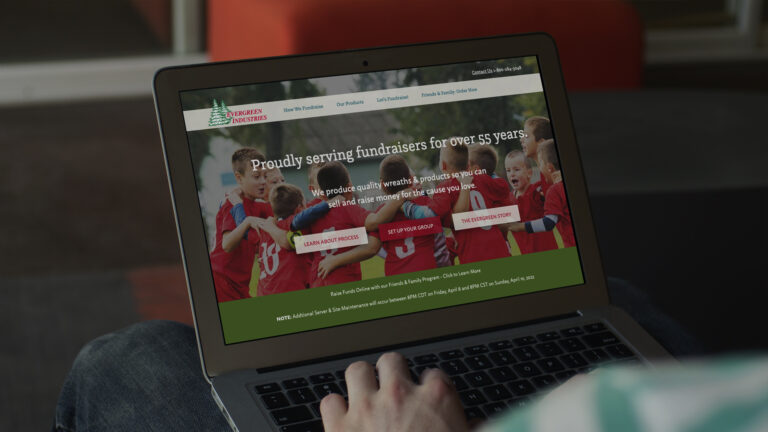Now that you’re starting your fundraiser, you are probably wondering the best way to reach potential customers. In this day and age in the sales and marketing realm, you hear a lot about how sending out mailers is a method of the past and email is the way to go. On the flip side, you also hear many complaints regarding how email is overcrowded, so people won’t even read your message. Don’t worry: with a fundraiser, you’ll mostly be reaching out to people—like friends, family and neighbors—who like you and won’t see your message as an annoyance. However, since these people aren’t strangers and you do want a response, you’ll want to be considerate in choosing the channel that is most appropriate for them.
When to send out a fundraiser letter (instead of an email)
1. When you really want a reply
Mark Satterfield, a small business marketing expert pointed out that:
“Direct mail responses vary, but anything from 0.5 to 2 percent is considered good… For unsolicited email marketing, a good response rate is 0.01 percent.”
He also noted that physical pieces of paper, like a fundraiser letter or postcard, make a greater impression on the brain than an email. For one, this makes it more likely someone will notice your note as mailers are rarer these days. Secondly, it can convey that you took more time, especially if you wrote the note by hand, so your recipient would feel bad if they didn’t respond.
2. When you don’t have permission to have their email
Kern Lewis of Forbes points out,
“Direct mail letters remain the only way to deliver a personal appeal to an attractive prospect who does not yet know you. This lack of need to opt in is the big advantage over email for prospecting.”
You can’t just up and email anyone you want. Technically you need their explicit permission. If you are reaching out to people you’ve never contacted, don’t try to steal their email from someone.
3. When you know they are worth your investment
As we’ll discuss below, email is a cheaper route than letter writing. However, if you know for a fact the recipient will contribute to your fundraiser—think your wealthy great uncle or ever-supportive neighbor—then show you care by writing a handwritten note. Keep in mind that if they care a lot about you, they may even save this letter, so make it count.
4. As an additional “ping” for your email list
If you aren’t having luck after trying a few emails and phone calls, a letter might be a nice touch to those unresponsive contacts on your list. Maybe they’d love to hear from you and help out, but their inbox and voicemail are overcrowded. Be sure to mention you’ve been meaning to get in touch with them and you hope this letter finds them at a better time. This highlights that you aren’t blindly blasting them with automated emails and phone calls, but instead you are committed to getting a hold of them personally, in whatever way works best for them.
When to send out a fundraiser email (instead of a fundraiser letter)
1. When you don’t want to spend any money
A benefit of email marketing we often take for granted is it doesn’t cost a penny. With email, you don’t need to buy letter writing materials or stamps.
2. When you need to send it quickly
For the most part, if you are asking someone to give you money and/or support your group, you should take as much time as necessary to get in touch with them—it shows you care. However, if you’re running low on time, email can save you here as well. You don’t have to go out and get supplies, track down addresses or get to the post office. Plus you can copy and paste the same message rather than writing each letter by hand.
3. When you want to reply quickly
When you send out letters, it’s less likely the recipients will quickly reply. Just as you had to track down stamps and get to the post office, so will they. If you are on a time crunch, email is your best bet.
4. When you want to send people to your site
If you are working with a fundraiser that is taking place online, an email might be a better option as people can more easily click on a link that gets them right to where they need to be. You can always include a URL in your letters as well.



